SUMMARY
This is AI generated summarization, which may have errors. For context, always refer to the full article.
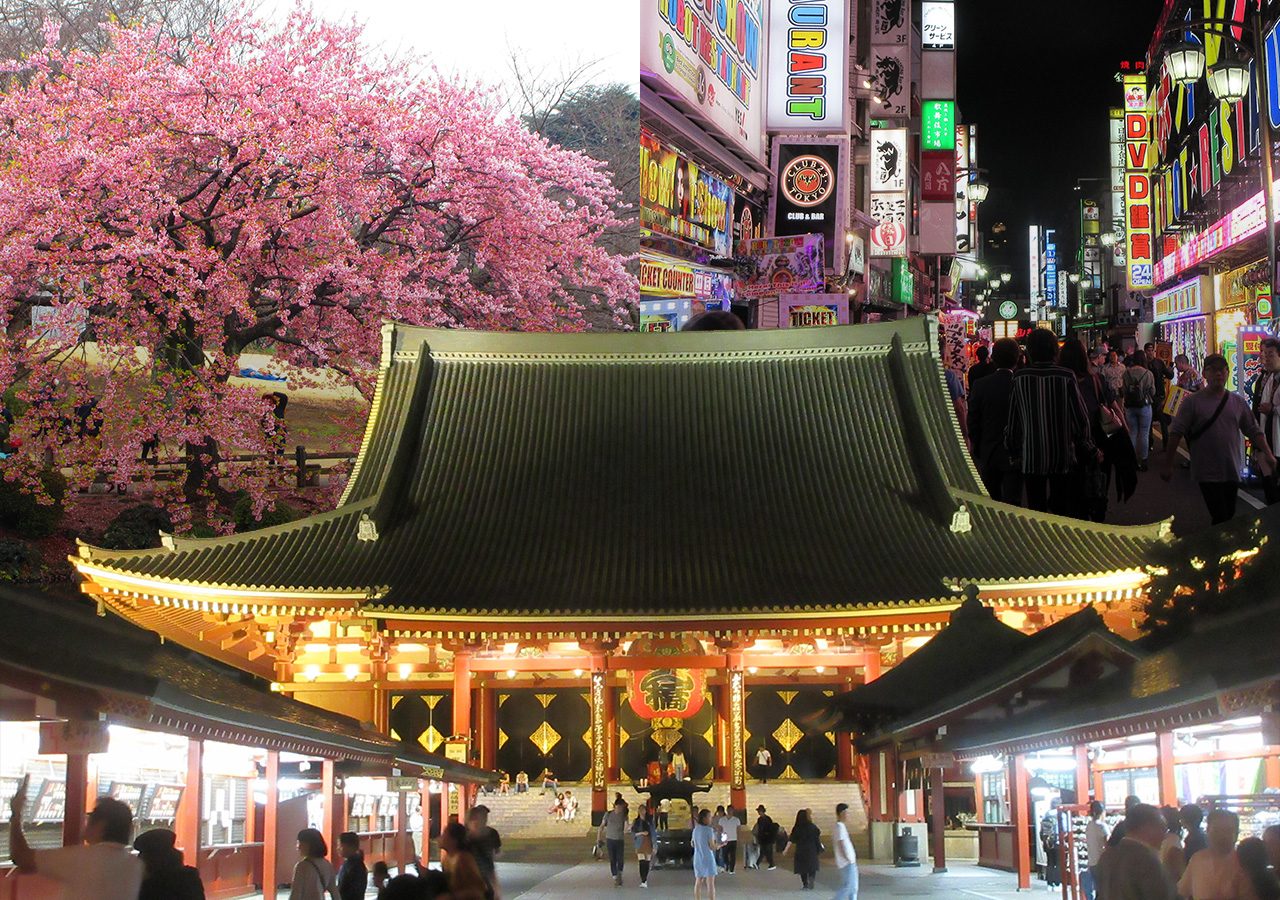
Tokyo is a megacity that mixes the modern and traditional. In its neighborhoods you’ll find centuries-old shrines and temples near skyscrapers and the urban jungle. This metropolis provides an interesting mix of the fast-paced lifestyle that many associate the city with and places to rest and contemplate. Visitors will also find delicious food from hole-in-the-wall restaurants and kiosks, as well as from classy restaurants. Let’s not forget the many shops and districts where you’ll find the latest trends in fashion. Whatever your fancy is, Tokyo has it for you.
Getting a visa
Filipinos will need to acquire a visa first before traveling to Japan. These are some of the basic requirements:
- Passport
- Filled out application form with a photo attached
- PSA issued birth certificate
- PSA issued marriage certificate (for married applicants)
- Itinerary
- Bank certificate
- Copy of income tax return
You can also view the list of complete requirements here.
After gathering the required documents, submit your application through an accredited travel agency. Here’s a list.
You can also get more information by checking out the Embassy of Japan’s website.
Get into Tokyo
It’s easy to get to Tokyo from Manila. Air Asia, Philippine Airlines, JetStar, and Cebu Pacific all have direct flights. Book during seat sales to get the best possible deals for plane tickets.
Get out of the airport
You will most likely arrive at Narita Airport from Manila. Narita is quite far from the city center, but you have options when it comes to reaching Tokyo by public transportation.
Narita Express
This is a fast and convenient option but is also an expensive one. You can get to Tokyo Station in an hour. This train leaves every 30 to 60 minutes.
Cost: JPY3,000 for a one-way ticket and JPY4,070 for round-trip tickets within a two-week timeframe.
Keisei Liner
This train travels to Nippori Station for JPY2,570 where you can take the JR Yamanote Line to Tokyo Station for JPY160. The entire trip can take up to an hour.
JR Sobu Line
This train is a cheaper option at JPY1,340 but is slower. It takes around an hour and a half to reach Tokyo from Narita.
Bus
A limousine bus costs JPY2,800 and takes around 100 minutes before it reaches Tokyo Station from Narita Airport. Alternatively, you can take the Airport Bus TYO-NRT for much less at JPY1,300 for day trips and JPY2,600 for early morning and night trips.
Get around Tokyo
Tokyo is a huge city that can overwhelm visitors. The labyrinthine metro stations can be confusing. After you get the hang of things, it’ll be relatively easier to explore this bustling metropolis. You have a few options when it comes to transportation tickets for your trip.
The Suica and Pasmo IC rechargeable cards are popular options for visitors. You can use either card while taking the metro or buses while exploring the city. You can also use both cards in some shops, restaurants, and vending machines. There is a deposit fee of JPY500 and an initial amount loaded into the card which is usually JPY1,500. You can purchase either card at the airport, metro stations, or tourist information centers.
Another option is to buy 24-, 48- or 72-hour Tokyo subway ticket passes. You can take the Tokyo Metro and Toei Subway multiple times with any of these passes. A 24-hour pass costs JPY800, 48-hour JPY1,200, and 72-hour JPY1,500. Children pay half the price for the same passes.
Itinerary
Formerly known as Edo, Tokyo is a bustling metropolis that combines old and new. This sprawling city offers a variety of dining, shopping, cultural, historic, and entertainment options that can easily fill a few days. You can spend your short trip just in Tokyo and still feel like you’ve only scratched the surface. The city can also serve as your base to other popular destinations such as Kamakura, Disneyland, Nikko, and Mt. Fuji.

*This itinerary assumes you start with one whole day.
Day 1
Start your first full day immersing yourself in Tokyo’s urban jungle. Make your way to Shinjuku, one of the city’s popular commercial, dining, and entertainment wards. Shinjuku Station is one of the busiest in the world, where more than a million passengers come and go. Skyscrapers, hotels, malls, restaurants, and bars are all around this part of Tokyo. If you return at night, you’ll see plenty of neon signs inviting you to have a drink or grab a bite. These establishments vary in size and ambiance. Here you’ll find narrow alleys with hole-in-the-wall bars and restaurants allowing just a few patrons. Famous spots include Kabukicho, Omoide Yokocho (also known as Piss Alley), and Golden Gai, just to name a few.
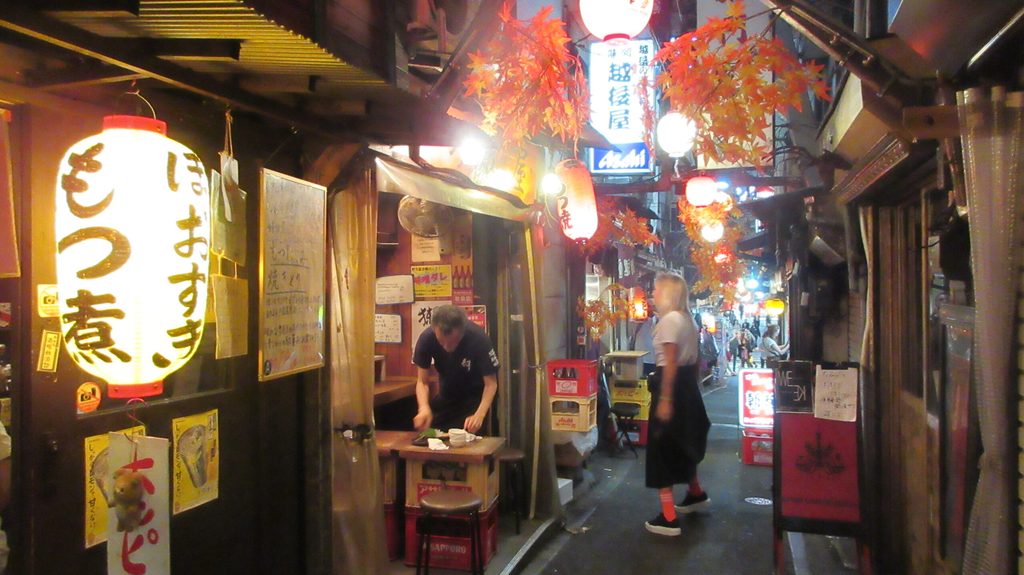
One of the things I liked about Tokyo is that just within the beating heart of a bustling city ward like Shinjuku is a park where you can take things slow and relax. One of those parks is Shinjuku Gyoen. The latter is a great place to visit regardless of the season. However, spring and autumn are two of the best times to visit to see the cherry blossoms and the colors of autumn.
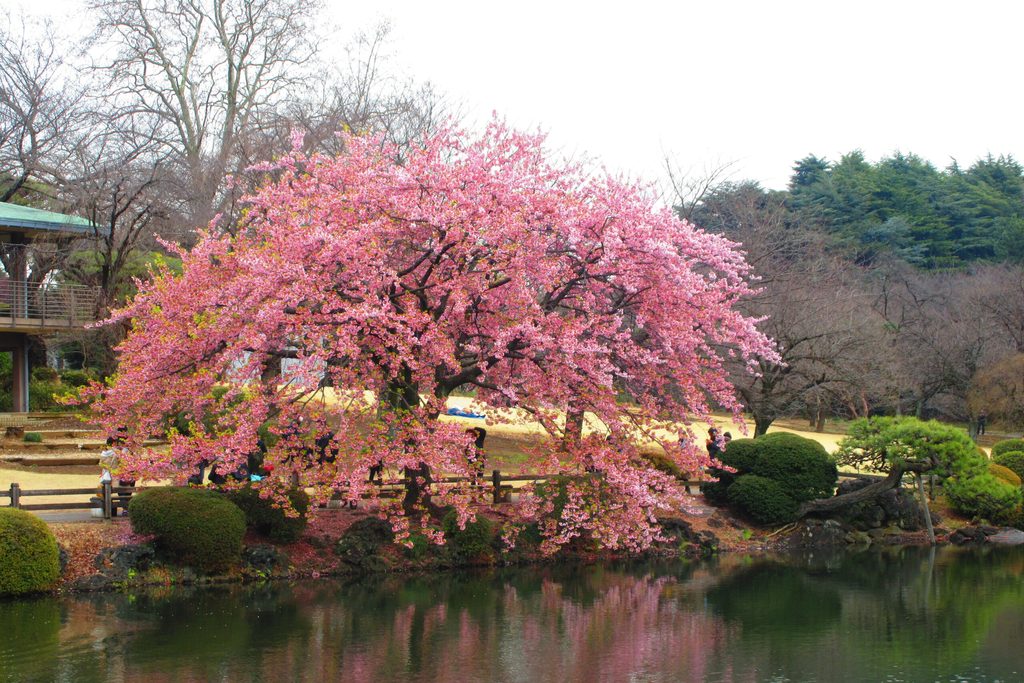
A few kilometers from Shinjuku is another noteworthy part of the city, Harajuku. The latter showcases the country’s teenage fashion, style, and interests. The center of this culture is Takeshita Dori. The surrounding area is home to fast food outlets, shops, food stands, and boutiques catering to teens that follow the latest trends. Not too far from Harajuku Station is Meiji Shrine. The latter was built for Emperor Meiji and Empress Shoken. The huge, forested area has plenty of walking trails.
Shibuya is another destination in Tokyo that focuses on youth culture. The area is lined with department stores, malls, boutiques, restaurants, bars, and cafes. It’s famous because of the busy intersection where dozens of people cross the street simultaneously. You’ll also find the famous Hachiko statue just outside one of the station’s exits. If you think this area is busy in the morning, it gets busier at night. Much like Shinjuku, Shibuya lights up at night with numerous neon signs.

You can either end your day (or night) in either Shinjuku or Shibuya. There’s plenty of dining and entertainment options in either one.
Fees:
- JPY500 Shinjuku Gyoen
- JPY1,000 Meiji Shrine Museum, JPY500 Inner Garden (Meiji Shrine grounds)
Day 2
Start your day by exploring Asakusa. The latter provides you with a glimpse of what the city was like decades ago. It used to be the city’s primary entertainment district. One of the must-visit attractions is Sensoji Temple. This Buddhist temple dates to 645. You’ll find the Kaminarimon (outer gate), Nakamise (shopping street), Hozomon Gate, a pagoda, the main hall, and the Asakusa Shrine within the temple grounds. The area is also home to shopping streets and department stores. After exploring Asakusa, you can walk to the Tokyo Skytree to get overlooking views of the city.

After lunch, head on over to Ueno. The latter is another commercial area filled with restaurants, shops, and bars. Ueno Park is a popular destination for both locals and tourists because of the many museums and temples located here and is also a go-to spot for cherry blossoms viewing. The amount of time you’ll spend here depends on how much you like museums. You can visit the Tokyo National Museum, Shitamachi Museum, Tokyo Metropolitan Art Museum, and others. Make your way to Yanaka from Ueno Park. This part of the city has retained its shitamachi atmosphere (old town vibe). It contrasts with the urban sprawl and hustle and bustle of glitzier parts of Tokyo. Here you’ll find shops selling various items from toys to produce. You can also experience various cultural activities such as calligraphy and tea ceremony during your visit.
End your day in one of Ueno’s or Asakusa’s restaurants.
Fees:
- JPY2,100 (weekdays), JPY2,300(weekends/holidays) First observatory (Tokyo Skytree)
- JPY3,100 (weekdays), JPY3,400 (weekends/holidays) Both observatories (Tokyo Skytree)
- JPY1,000 Tokyo National Museum
Day 3
After exploring some of Tokyo’s districts, go on a day trip to Kamakura. The latter used to be the country’s political center during the latter parts of the 12th century. The rise to prominence of other cities in the country eroded the influence of Kamakura. However, fast forward to today, the city is a popular tourist destination for visitors. The city is home to many temples, shrines, and historic attractions. Its location along the coast also makes it a famous destination, especially in the summer.
The good thing about Kamakura is that most attractions are within walking distance from the train stations. One of the most visited attractions is the Great Buddha of Kamakura located on the grounds of Kotokuin Temple. It’s a huge statue that measures 11.4 meters high. Make your way to Hasedera Temple to get overlooking views of the city. You’ll also find a Goddess of Mercy statue within the temple complex. Head on over to Tsurugaoka Hachimangu which was founded in the 11th century by Minamoto Yoriyoshi.
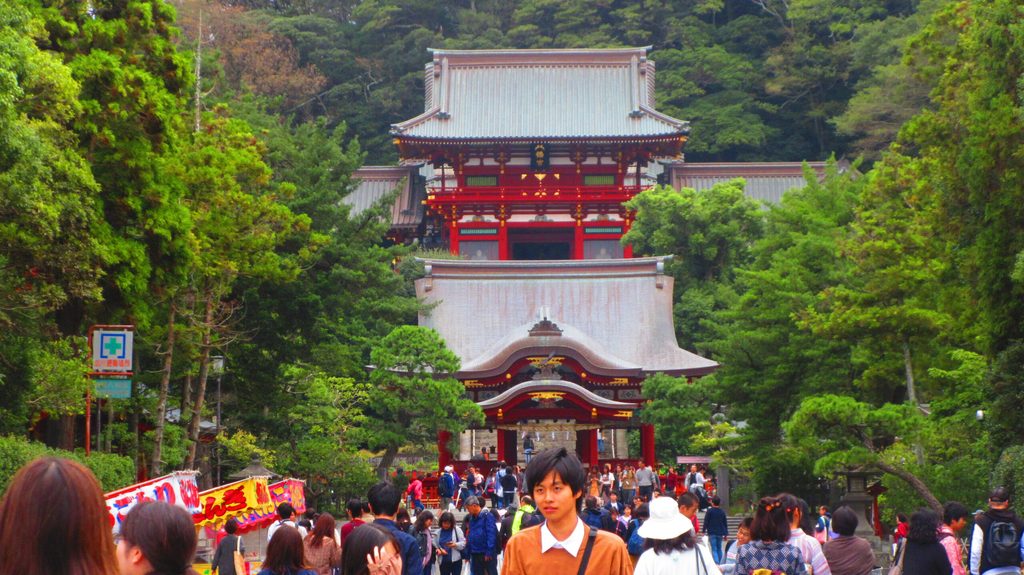
After visiting some of Kamakura’s attractions and eating lunch, make your way to Enoshima. The latter is an island with plenty of attractions such as the Enoshima Shrine, Samuel Cocking Garden, Southern Coast, and beaches, just to name a few.
The affordable way to reach Kamakura is by using Odakyu Railways’ Enoshima Kamakura Free Pass. The latter covers your round-trip fare from Shinjuku to Kamakura. It also includes unlimited rides on Enoden trains. The pass costs JPY1,520. The disadvantage of this pass is that it takes around an hour and a half to reach Kamakura one way.
After a full day around Kamakura and Enoshima, make your way back to Tokyo.
Fees:
- JPY300 Kotokuin Temple (Great Buddha of Kamakura)
- JPY400 Hasedera Temple, extra JPY300 for the Kannon Museum
- JPY200 Tsurugaoka Hachimangu shrine museum
- JPY200 Benten statue in Enoshima Shrine
- JPY500 Samuel Cocking Garden and observation tower (Sea Candle)
***Alternatively, you can go on a day trip to Mt. Fuji or visit Disneyland.
Day 4
Start your day after breakfast by exploring Akihabara. The latter is the center of otaku culture in the country. Here you’ll find numerous shops catering to anime fans. These shops have toys, manga, video games, and other items fans would love to have. You’ll also find maid and manga cafes scattered in different parts of Akihabara. Other than items related to otaku culture, the area is also home to many electronics shops for visitors looking to buy cameras, software, games, computers, and others.
After walking around Akihabara, make your way to Ginza. Ginza is an upscale area with plenty of shops, cafes, and restaurants. Whether you’re shopping or not, the area is pedestrian-friendly and provides you with another look at Tokyo’s urban landscape and lifestyle. The district’s center is one of the most expensive places to buy property in the country.
After window shopping (or actually shopping) in Ginza, make your way to Sengakuji Temple. This is the burial ground of the 47 Ronin or masterless samurai. Their story was about revenge for the unjustly punished master lord Asano Takuminokami of Ako. They waited for more than a year to attack and kill lord Kira Hozukenosuke. They later committed seppuku (ritual suicide) after completing their mission. Many visitors make their way to the temple to pay their respects during the event’s anniversary every December 14.
After lunch and a brief visit to Sengakuji Temple, head on over to Odaiba. Here you’ll find a huge gundam statue and a replica of the Statue of Liberty. This man-made island is also home to the Fuji TV Building, Decks Tokyo Beach, DiverCity Tokyo Plaza, Rainbow Bridge, and others.
Day 5
Depending on how much time you have left, you can do some last-minute shopping before going to the airport. It could take an hour or so to reach Narita Airport from the city so plan accordingly.
How much will you spend?
A daily budget of JPY10,000 or roughly P4,000 is good enough for the itinerary mentioned above. It doesn’t include shopping and flights. It covers a bed in a dorm room or a shared private room with at least one other person, meals at convenience stores (with the occasional restaurant or café), a few paid attractions, and public transportation mixed with walking while exploring Tokyo. You can spend more or less depending on where you stay, where you eat, and what you do.
Budget tips
Let’s face it, Tokyo is an expensive city (one of the most expensive in the world). However, you don’t have to drain your savings when you’re visiting for only a few days.
Here are some money saving tips for your upcoming trip:
- Consider staying in a hostel dorm. This not only saves you money, but also allows you to meet other travelers. You’ll most likely be outside the whole day, so why splurge on accommodation?
- Buy an IC card (Suica or Pasmo) or day pass for public transportation. These cards and tickets provide good value especially if you move to different parts of the city often.
- Buy food at convenience stores. The meals served there are good value and quite filling.
- Buy a pass when planning a day trip to places outside Tokyo such as Nikko, Kamakura, and Mt. Fuji. Passes save you money because you don’t have to buy multiple tickets when taking public transportation for day trips. These passes often include free admission or discounts to select attractions.
- If you want to go shopping in Tokyo, bring your passport. Tourists can shop tax-free in many stores in the city.
– Rappler.com
Add a comment
How does this make you feel?
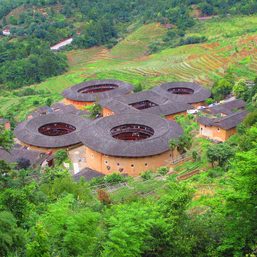
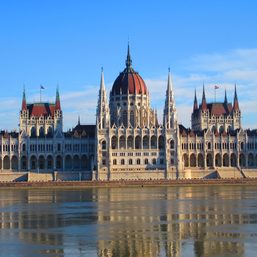
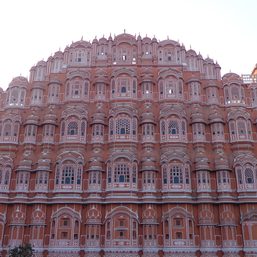
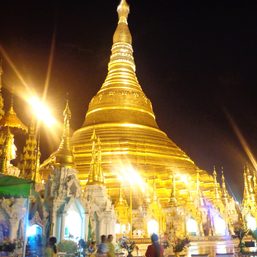
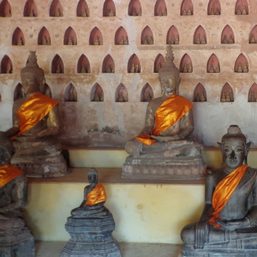
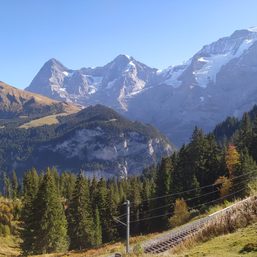

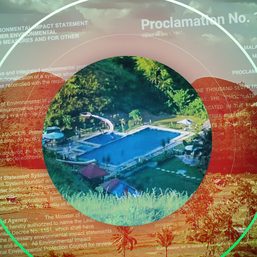
There are no comments yet. Add your comment to start the conversation.